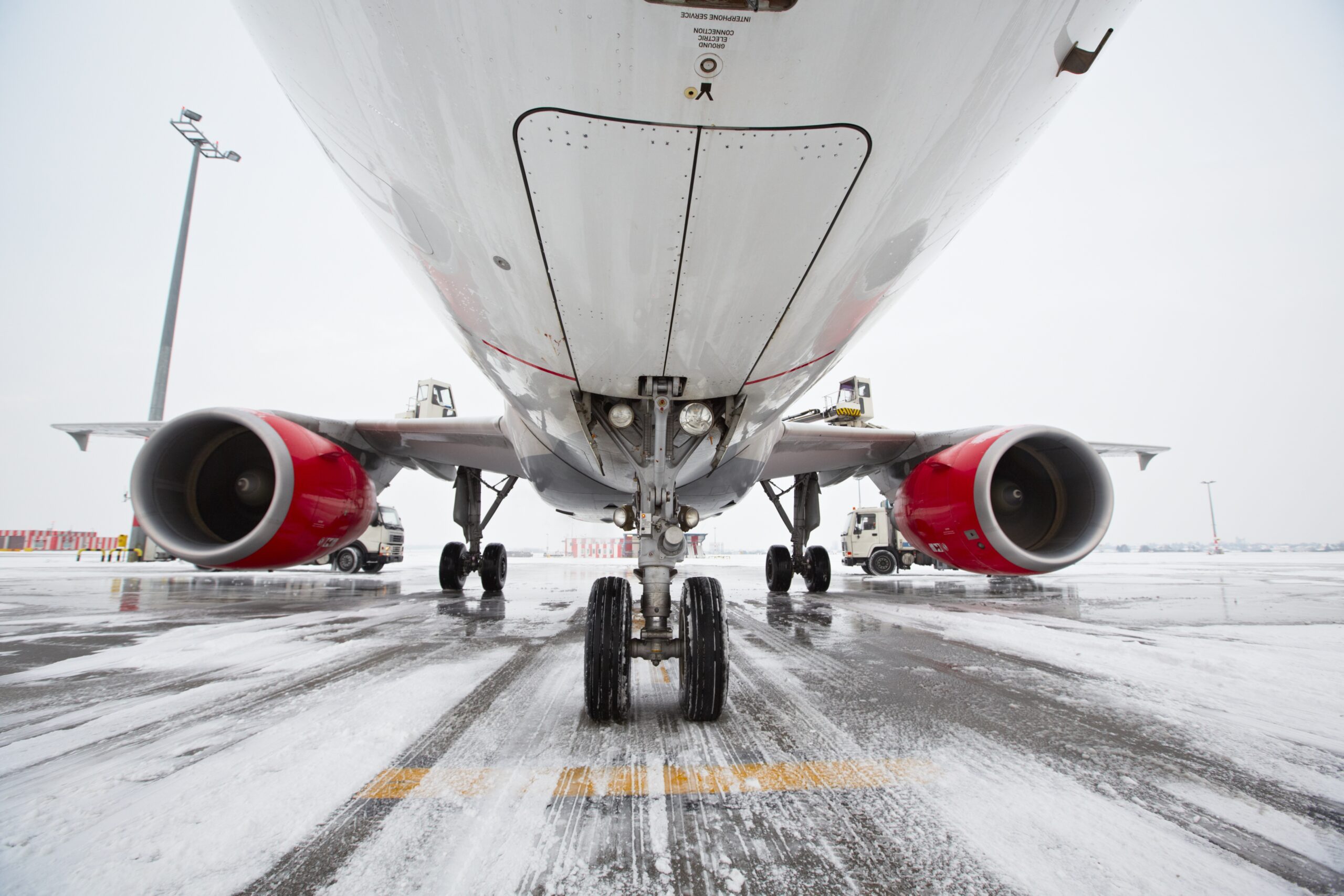Some people dream of white winters—snowflakes, scarves, hot cocoa. But for aircraft mechanics? Winter means something entirely different. It means frozen tools, stiff hydraulic lines, and long hours on the tarmac while the wind slices through every layer you’re wearing.
I spent a few years doing aircraft maintenance in Albany, New York, where the winters weren’t just cold—they were relentless. And while I’ve since moved on to milder climates, I’ll never forget the lessons I learned wrenching in sub-zero conditions. Cold weather maintenance isn’t talked about much outside the field, but it deserves attention. Because it takes a different kind of toughness—and a lot of technical finesse—to keep planes flying safely in the winter.
It Starts with the Weather, But It Doesn’t End There
Cold weather changes everything. It affects how materials behave, how tools perform, and how long you can physically stay outside doing your job. When the temperature dips below freezing, even simple tasks—like loosening a bolt or checking fluid levels—can take twice as long.
The first thing to go? Dexterity. Try holding a wrench with thick gloves. Now try that while referencing a maintenance manual and feeling the pressure of a quick turnaround. It’s not ideal. Bare hands give you better grip and control, but they also go numb fast. And frozen fingers don’t just hurt—they become a safety hazard.
Then there’s the equipment. Metal contracts in the cold. Lubricants thicken. Batteries drain faster. You’ve got to double-check everything, because something that worked fine in summer might not function in a deep freeze.
Fluid Checks, Deicing, and a Race Against Time
Winter maintenance isn’t just about keeping you warm—it’s about keeping the aircraft safe. That means a lot of attention goes to deicing procedures. We’re not just talking about spraying a wing and calling it good. It’s a precise science.
Ice can form in tiny crevices you wouldn’t even think to check. Pitot tubes, brake lines, control surfaces—they all have to be inspected thoroughly. And it’s not just a matter of melting the ice. You have to make sure water doesn’t refreeze during taxi or takeoff. One missed spot can lead to serious flight issues.
Fluids like hydraulic oil, jet fuel, and deicing agents also behave differently when it’s freezing. I remember one brutal morning in Albany when a hydraulic system took twice the normal time to pressurize. The line hadn’t failed—it was just sluggish from the cold. But that delay could’ve grounded the aircraft if we hadn’t anticipated it.
Safety Over Speed (Even When the Clock Is Ticking)
Aircraft maintenance always comes with pressure. Planes need to get back in the air. Passengers are waiting. Airlines are watching the clock. But in winter, you have to slow down—because cutting corners is dangerous.
Cold-weather work requires more inspections, more prep time, and more frequent checks. I had to learn how to speak up, even when schedules were tight. “This needs another pass with the heat gun.” “I want to recheck the deicer lines.” Those aren’t popular phrases when dispatch is breathing down your neck—but saying them matters.
Sometimes, it meant missing deadlines. But more often, it meant catching something early, avoiding a delay later, or keeping a crew safe. That’s what we’re out there for.
Mental Grit and Team Trust
One of the biggest lessons I learned in Albany was the importance of teamwork. When you’re out there in 15-degree weather with wind blowing snow sideways, you have to trust your crew. You need each other to spot mistakes, double-check work, and remind one another when it’s time to go inside and warm up—even when you don’t want to admit you’re cold.
We’d rotate roles so no one spent too long on the worst jobs. One person on the ground heater, another checking the cowling, someone else reviewing the logbooks in a warmer spot. No one person could do it alone—not without risking frostbite or fatigue.
There’s a mental toughness that comes with cold-weather maintenance. But just as important is knowing when to take a break, when to ask for help, and when to say, “We need more time.”
Lessons I Carry With Me
Even though I now work in a much warmer part of the country, the habits I built during those Albany winters stick with me. I double-check fluid behaviors when temps start to drop. I take pre-op inspections seriously—especially when the aircraft’s coming in from a cold-weather location. And I never underestimate how much the environment affects performance—both for the machine and the mechanic.
Those winters made me tougher, sure. But they also made me sharper. I learned how to listen to the aircraft, adapt to unpredictable conditions, and stand firm in my decision-making—even when it wasn’t the easiest path.
From the Frozen Tarmac to the Hangar
Cold weather aircraft maintenance isn’t glamorous. There’s no spotlight for the tech who stays late to recheck an iced-over valve. But those are the moments that make the difference. That’s when lives are protected, flights stay safe, and real skill shows up.
If you’re a young mechanic heading into your first winter season, bundle up—but more importantly, pay attention. Cold weather will teach you things no textbook can. And if you stick with it, you’ll come out the other side stronger, smarter, and ready for whatever conditions come next.
Stay warm, stay sharp, and never underestimate the power of a good hand warmer.
